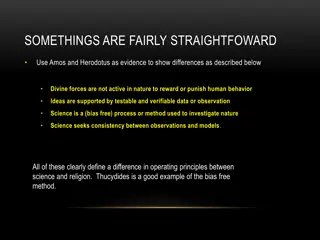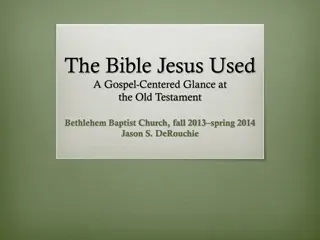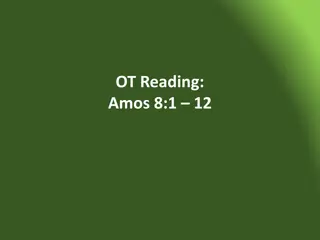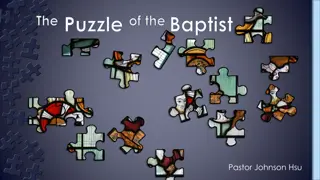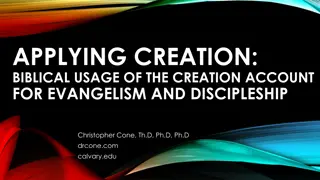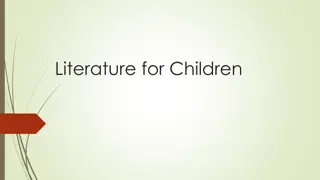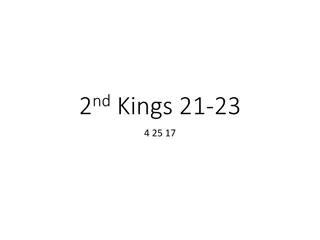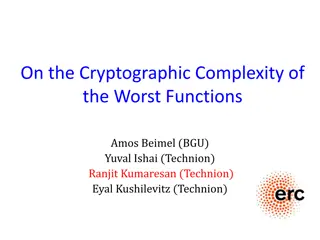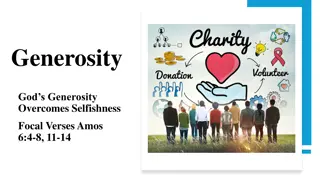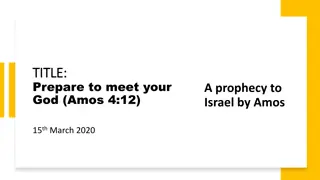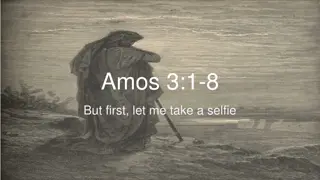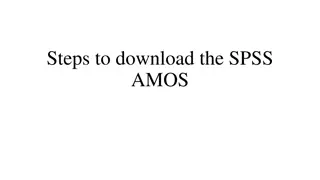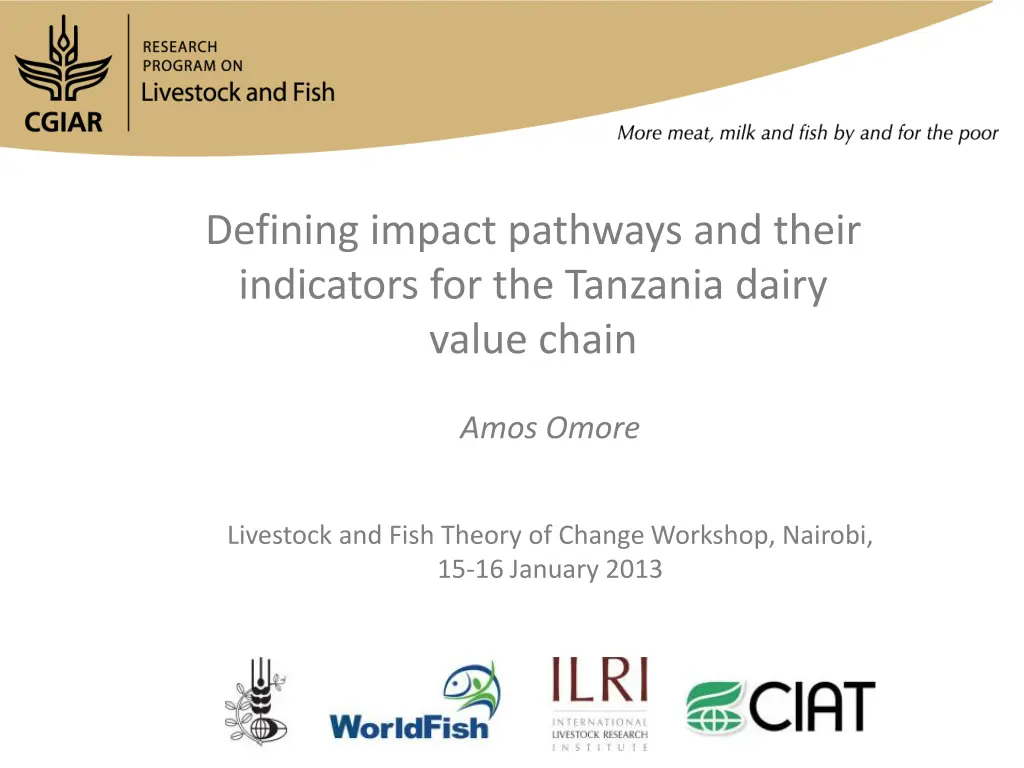
Dairy Value Chain Impact Pathways in Tanzania
Explore the impact pathways and indicators for the dairy value chain in Tanzania, focusing on inclusive growth, reduced poverty, and improved livelihoods. Learn about project objectives, outcomes, and interventions aimed at enhancing access to dairy market services for rural communities.
Download Presentation

Please find below an Image/Link to download the presentation.
The content on the website is provided AS IS for your information and personal use only. It may not be sold, licensed, or shared on other websites without obtaining consent from the author. If you encounter any issues during the download, it is possible that the publisher has removed the file from their server.
You are allowed to download the files provided on this website for personal or commercial use, subject to the condition that they are used lawfully. All files are the property of their respective owners.
The content on the website is provided AS IS for your information and personal use only. It may not be sold, licensed, or shared on other websites without obtaining consent from the author.
E N D
Presentation Transcript
Defining impact pathways and their indicators for the Tanzania dairy value chain Amos Omore Livestock and Fish Theory of Change Workshop, Nairobi, 15-16 January 2013
Example of EADD2 ToC for development impacts (IB) Impact pathways through research and place of OM Intent: wider development impact through partnership with large dev projects (e,g., EADD2-Tanz) Responsibility: measurable targets for direct development impact through M&E within R4D projects (e.g., MoreMilkIT, MilkIT) Outcome mapping Accountability: measurable output targets though deliverables within projects (e.g., MOreMilkIT, MilkIT)
Emphases for MoreMilkIT Project Strong focus on pro-poor marginalised pre- commercial men and women and growing inputs and outputs markets that serve them Explore new organizational models to achieve economies of scale Aim is to provide proof-of-concept on how marginalised groups can also be targeted successfully Generate evidence for influencing policy
More Milk in Tanzania Project Objectives (derived from ASDS and Irish Aid Country Strategy Paper for Tanzania) Goal: Inclusive growth and reduced poverty and vulnerability among dairy-dependent livelihoods in relevant rural areas in Tanzania Outcome: Rural poor are more income secure through enhanced access to demand-led dairy market business services and viable organisational options Contributing objectives: 1. Develop scalable value chains approaches 2. Generate and communicate evidence on business and organizational options 3. Inform policy on appropriate role for pro-poor smallholder- based value chains
Visioning and process towards interventions Goal: Inclusive growth and reduced poverty and vulnerability Outcome: Rural poor are more income secure Vision for desired hub functions: Hubs that provide inputs and services for increased productivity and income The OM process defined: Existing dairy value chains and segments to intervene Appropriate hub interventions (a, b, c) for the VC What needs to be catalysed in each VC segment and the development support required Partnerships to provide the support required defined actors, target outcome change(s), supporting research/knowledge & development activities This led to a proposal to pilot the hubs with the outcome changes & indicators
More Milk in Tanzania Project The agreed hub categories Dairy Market Hubs (DMHs) with emphasis on improving access to inputs and services through business development services (BDS) and check-off arrangements: a) DMHs revolving around chilling plants or accessing them (if under-utilized) through transport arrangements that provide both outputs marketing and inputs and services through check-offs; b) DMHs revolving around check-offs for inputs and services provided through milk traders; and c) DMHs revolving around check-offs for inputs and services provided through cattle traders.
Illustration of a hub for provision of inputs and services on credit without collective bulking and marketing Producers BASIC Dairy Market Hub for Provision of Inputs and Services on Check-off Inputs & Service Providers (BDS) Traders Milk Cattle $$ Payment agreement Targeting 50 villages with 8000 cattle keepers across 4 districts
More Milk in Tanzania Project What needs to be catalysed in each VC segment and the development support required Value Chain Segment Providing inputs and services (Feeds, Animal health and Breeding, Extension services) Developmental support required Helping groups to set up stores next to milk collection centres where farmers can obtain inputs and services against milk supplied Actors Farmers, milk processors Improve farmers access to inputs and services from cattle markets through linking with suppliers, training and certification of service providers, lobbying government for recognition of the system To build trust between the union, the farmers, processors Leveraging on existing milk collection and distribution infrastructure Generate evidence that could influence change of policy affecting milk processors TDB,
Suggested Outcome Changes for DMH around Milk Traders Value Chain Segment Input supply and service providers Identified Actors Target Outcome Change(s) All time ready to provide check offs to producers Abide to existing rules and regulations Efficient and affordable services Pre commercial commercial orientation Produce quality milk and enough milk Supporting Research & Development Activities (R) Input needs assessment (D) Sensitize/link input suppliers (D) Train & sensitize CAHWS to engage in input supply Private sector LGAs Traders NGOs, CBOs, financial institutions (VICOBA, SACCOS, Banks etc) Farmer groups (men and women) (R) Stakeholder mapping and analysis (R) Milk quality and safety (R) To identify existing policy that can hinder or promote hub functioning (R) To identify gender roles in livestock production practices after migration (D) group formation and strengthening the existing (R) Milk tracking costs to the collection centre (R) Other alternative market near migrated areas (R) Identification of migrated areas and volumes of milk that can be tracked (D) Facilitation to acquire financial services (D) Promote importance of milk business (cattle traders) (D) Form groups and emphasis on generic markets Producer Provide input and services to farmers through check offs Abide to regulations and policies (milk handling) Traders/ transporters Collection centres, vendors, TAN dairies, Tanga fresh, Shambani milk Processors Consumer
Suggested Outcome Changes for DMH around Livestock Traders Value chain segment Input suppliers and financial services Target Outcome Change(s) Development Actions to Support Hub -Linking input suppliers to the farmers -Disseminate supporting information on inputs and supplies Research Actions (to address gaps) -Establish the baseline at the potential sites -Identify most demanded types inputs -Quality and use -Improved access (make them well linked to markets) -Affordable and high quality inputs -More commercialized farmers Organize farmers into groups -Farmers are accessing inputs and services -Improved milk delivery system -Improved social protection schemes -Refocus emphasis towards women and youth -Organize farmer into groups -Link farmers to credit to enable them diversify investments -Facilitation of business to business linkages -Deliver knowledge on milk quality and safety -Quality and use -Develop insurance schemes for social protection of the farmers against seasonality , livestock loss etc. Production (producers) Transportation -Coordinated collection and transportation of milk -Increased access to reliable affordable transport services for milk -Reduce seasonality effects on migrating pastoralists -Form a milk traders platform (Organize milk traders into groups) -Help traders to improve modes of transportation -Pilot the use of improved plastic milk containers -Improve Quality Insurance -Analyse the output of BDA -Identify the needs --Linkage between traders and farmers [ data from TDB and being analyzed by ILRI] -What are the transportation modes that could serve individual/groups etc? -How viable is mobile milk collection? What volumes of milk are involved during migration? -Volumes of milk traded in the informal markets nationally -Increase milk volumes reaching the market -Improved milk quality -Training and certification of milk traders -Pilot the use of improved plastic milk containers Consumers
CGIAR Research Program on Livestock and Fish livestockfish.cgiar.org livestockfish.cgiar.org CGIAR is a global partnership that unites organizations engaged in research for a food secure future. The CGIAR Research Program on Livestock and Fish aims to increase the productivity of small-scale livestock and fish systems in sustainable ways, making meat, milk and fish more available and affordable across the developing world.

